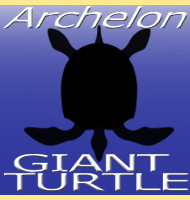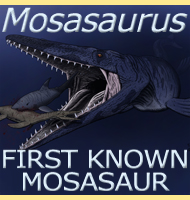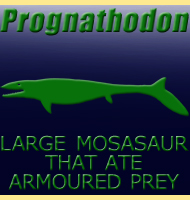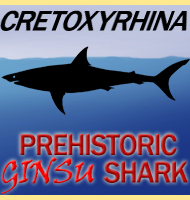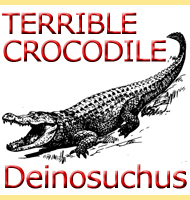


Allopleuron
Name:
Allopleuron.
Phonetic: Al-loe-plu-ron.
Named By: John Edward Gray in 1831 as Chelonia
hofmanni, Georg Baur named it Allopleuron hofmanni in 1888.
Classification: Chordata, Reptilia, Testudines,
Cryptodira, Dermochelyidae.
Species: A. hofmanni
(type). Possibly also A. insularis, A. lipsiense
and A. qazaqstanense, but these are not considered valid
by all.
Diet: Uncertain/Omnivore?
Size: Around 2 to 2.5 meters long.
Known locations: Germany, Kazakstan, Netherlands
and the USA, New Jersey.
Time period: Campanian of the Cretaceous to
Bartonian of the Eocene.
Fossil representation: Almost complete specimens
including shells and skulls.
Allopleuron was a large sea turtle that swam in the late Cretaceous seas and may have had a cosmopolitan distribution at least across the Northern Hemisphere. Several species have been named in the past but today some only consider the type species A. hofmanni as valid. With remains possibly being as late as the Eocene, it would seem that this genus of sea turtle managed to survive the KT extinction sixty-five million years ago that marked the end of many reptile genera not only including the dinosaurs and pterosaurs, but also other large marine reptiles like mosasaurs and plesiosaurs.
Further reading
- The fossil reptiles (Reptilia: Chelonii, Crocodylia) from the marine
early Oligocene of the Weisselster Basin (Central Germany: Saxonia). -
HStudia Geologica Salamanticensia 43(1):25-66. - Hans-Volker Karl -
2007.
- New materials of the giant sea turtle Allopleuron (Testudines:
Chelonioidea) from the marine Late Cretaceous of Central Europe and the
Palaeogene of Kazakhstan. - Stvdia Palaeocheloniologica IV, Stvdia
Geologica Salmanticensia. n Especial 9: 153–173. - Hans-Volker Karl,
Elke Gr�ning & Carsten Brauckmann - 2012.
----------------------------------------------------------------------------
Random favourites
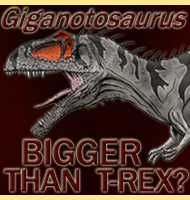 |
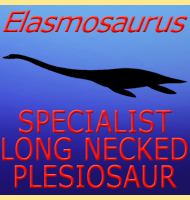 |
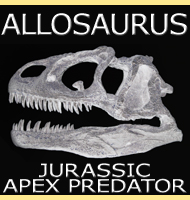 |
